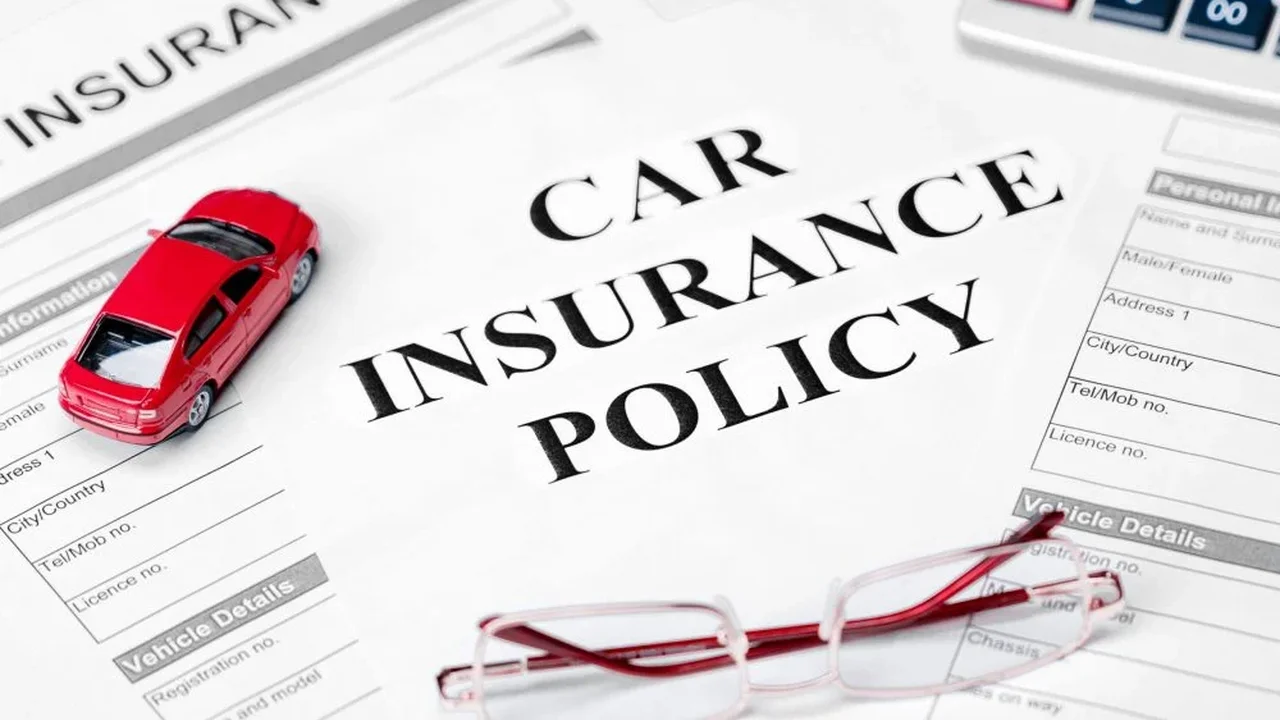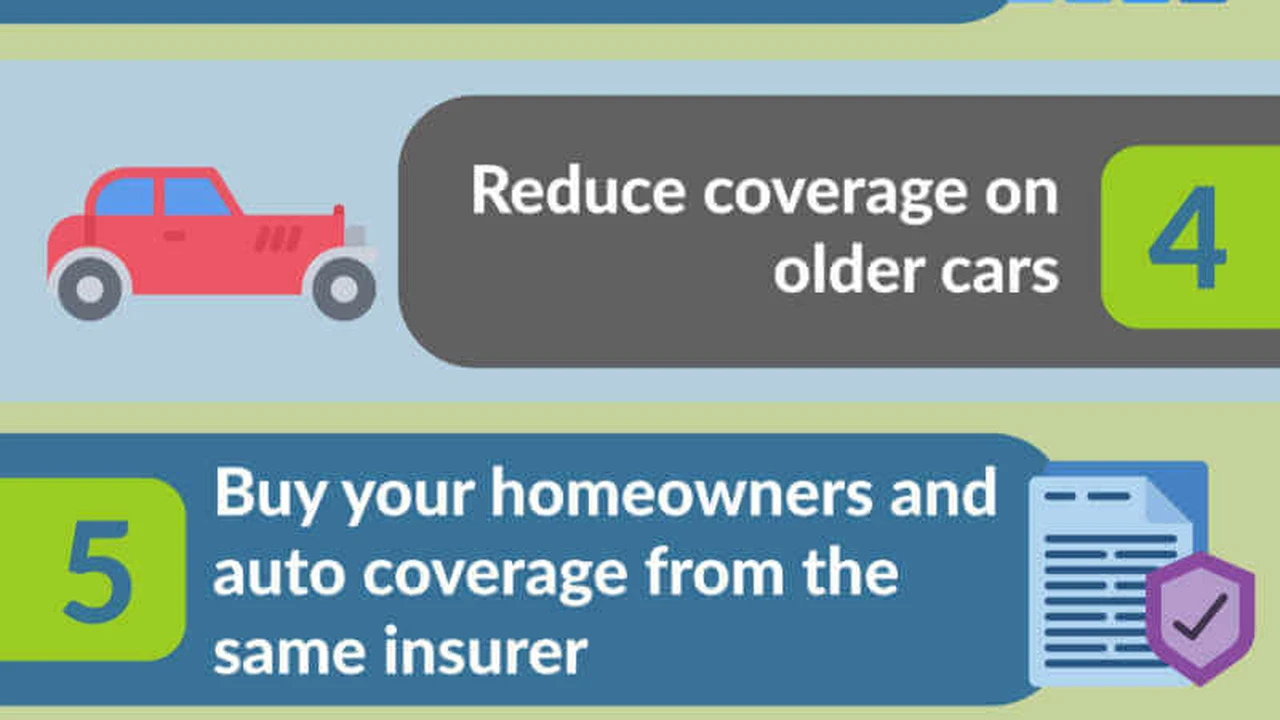Understanding Underwriting: How Insurers Assess Risk

What is Underwriting in Car Insurance Risk Assessment Explained
Alright, let's dive into the nitty-gritty of car insurance underwriting. Ever wondered how insurance companies decide how much to charge you? It's not just pulling numbers out of a hat! Underwriting is the process insurers use to assess risk and determine whether to offer you a policy, and if so, at what price. They're basically trying to figure out how likely you are to file a claim. Think of it like this: they're playing detective, gathering clues about your driving history, your car, and a whole bunch of other factors to predict your future risk.
Key Factors Insurers Use to Assess Car Insurance Risk Driving History and More
So, what kind of clues are these insurance detectives looking for? A lot! Here's a rundown of some of the most important factors:
- Driving History: This is a big one. A clean record with no accidents or tickets is gold. Speeding tickets, DUIs, and at-fault accidents will definitely raise your rates. They show you're a higher risk to insure.
- Age and Experience: Younger drivers, especially those under 25, tend to pay more. Why? Because statistically, they're more likely to be involved in accidents. More experienced drivers usually get better rates.
- Vehicle Type: The make and model of your car matter. A flashy sports car that's often involved in accidents will be pricier to insure than a family sedan. Also, the safety features of your car play a role. Cars with advanced safety technology might qualify for discounts.
- Location: Where you live affects your rates. If you live in a densely populated city with lots of traffic and a high rate of car theft, you'll likely pay more than someone who lives in a rural area.
- Credit Score: In many states, insurers use your credit score to help determine your rates. A good credit score often translates to lower premiums.
- Coverage Choices: The type and amount of coverage you choose also impact your premium. Higher liability limits and comprehensive and collision coverage will cost more than basic liability coverage.
- Annual Mileage: How much you drive matters. The more you're on the road, the higher the risk of an accident.
Understanding Insurance Scores How Credit Affects Car Insurance Rates
Let's talk more about credit scores because this one can be confusing. Insurers argue that your credit score is a good indicator of how responsible you are in general, and that translates to driving habits. People with good credit are often seen as more responsible and less likely to file claims. While controversial, it's a common practice in many states. If you live in California, Massachusetts, or Hawaii, insurers are not allowed to use your credit score when determining your car insurance rates.
How to Improve Your Car Insurance Underwriting Profile Tips and Strategies
Okay, so you know what insurers look for. Now what? Here are some things you can do to improve your underwriting profile and potentially lower your car insurance rates:
- Maintain a Clean Driving Record: This is the most obvious, but also the most important. Drive safely and avoid tickets and accidents.
- Improve Your Credit Score: Pay your bills on time and keep your credit utilization low.
- Shop Around: Get quotes from multiple insurers. Rates can vary significantly between companies.
- Increase Your Deductible: A higher deductible means you'll pay more out-of-pocket if you have an accident, but it can also lower your premium.
- Take a Defensive Driving Course: Some insurers offer discounts for completing a defensive driving course.
- Bundle Your Insurance: If you have homeowners or renters insurance, bundling it with your car insurance can often save you money.
- Review Your Coverage Regularly: Make sure you have the right amount of coverage for your needs. You might be overpaying for coverage you don't need.
Car Insurance Product Recommendations and Comparisons for Different Needs
Alright, let's talk about some specific car insurance products and how they might fit different situations. Remember, these are just examples, and the best choice for you will depend on your individual needs and circumstances.
Liability Coverage Protecting Yourself and Others from Car Accident Financial Losses
This is the most basic type of coverage and is required by law in most states. It covers damages you cause to others in an accident, including bodily injury and property damage. If you cause an accident and someone gets hurt or their car is damaged, your liability insurance will pay for their medical bills and car repairs, up to the limits of your policy. It *doesn't* cover your own injuries or damage to your car. Think of it as protecting your assets in case you're found at fault for an accident.
Collision Coverage Repairing or Replacing Your Car After an Accident
Collision coverage pays for damage to your car if you're involved in an accident, regardless of who is at fault. So, if you rear-end someone, or someone rear-ends you, and your car needs repairs, collision coverage will take care of it (minus your deductible). It also covers damage if you hit a stationary object, like a tree or a pole.
Comprehensive Coverage Protecting Your Car from Non-Collision Car Damage
Comprehensive coverage protects your car from damage that's *not* caused by a collision. This includes things like theft, vandalism, fire, hail, flood, and animal damage. So, if a tree falls on your car, or someone steals your stereo, comprehensive coverage will cover the repairs or replacement (minus your deductible).
Uninsured/Underinsured Motorist Coverage Protecting Yourself from Uninsured Drivers
This coverage protects you if you're hit by an uninsured or underinsured driver. If the other driver is at fault but doesn't have insurance, or their insurance isn't enough to cover your medical bills and car repairs, your uninsured/underinsured motorist coverage will step in. This is especially important in states with a high percentage of uninsured drivers.
Specific Product Recommendations and Pricing Considerations
Okay, let's get into some specific product examples. Keep in mind that prices vary wildly based on your location, driving history, and other factors we discussed earlier. These are just hypothetical examples to give you an idea of what to look for.
- Progressive Snapshot: This is a usage-based insurance program. You plug a device into your car that tracks your driving habits, like how often you brake hard, how much you drive, and what time of day you drive. If you're a safe driver, you can earn significant discounts. The device is free, but your rates could increase if your driving habits are deemed risky. This is great for safe drivers who don't drive much.
- State Farm Drive Safe & Save: Similar to Progressive Snapshot, this program uses a mobile app to track your driving habits. You can earn discounts based on your driving score. It's a good option if you're comfortable with sharing your driving data and are confident in your driving skills.
- Geico: Geico is known for its competitive rates, especially for drivers with good credit. They offer a wide range of coverage options and discounts. It's a good place to start your search for car insurance.
- Allstate: Allstate offers a variety of insurance products and services, including car insurance. They have a strong network of agents and are known for their customer service. They might be a good choice if you prefer to work with a local agent.
Comparing Car Insurance Products Key Features and Benefits
When comparing car insurance products, consider the following factors:
- Coverage Options: Does the policy offer the coverage you need, such as liability, collision, comprehensive, and uninsured/underinsured motorist coverage?
- Deductibles: What are the deductibles for each type of coverage? A higher deductible will lower your premium, but you'll have to pay more out-of-pocket if you have an accident.
- Discounts: What discounts are available? Common discounts include safe driver discounts, good student discounts, multi-policy discounts, and discounts for having certain safety features on your car.
- Customer Service: What is the insurer's reputation for customer service? Read reviews and check with the Better Business Bureau.
- Price: Of course, price is an important factor. Get quotes from multiple insurers and compare the coverage and discounts offered.
- Financial Stability: Make sure the insurer is financially stable. You can check their financial ratings with companies like A.M. Best.
Understanding Car Insurance Pricing Factors and How to Save Money
Car insurance pricing is complex, but understanding the key factors can help you save money. Remember, insurers are assessing risk, and anything you can do to reduce your risk will likely lower your rates.
- Improve Your Driving Habits: Avoid speeding, aggressive driving, and distracted driving.
- Maintain a Good Credit Score: Pay your bills on time and keep your credit utilization low.
- Shop Around for Insurance: Get quotes from multiple insurers.
- Increase Your Deductible: A higher deductible will lower your premium.
- Take Advantage of Discounts: Ask about available discounts.
- Review Your Coverage Regularly: Make sure you have the right amount of coverage for your needs.
- Consider Usage-Based Insurance: If you're a safe driver, usage-based insurance can save you money.
And that's the lowdown on car insurance underwriting! Hopefully, this gives you a better understanding of how insurers assess risk and how you can improve your underwriting profile. Remember to shop around, compare quotes, and choose the coverage that's right for you.
:max_bytes(150000):strip_icc()/277019-baked-pork-chops-with-cream-of-mushroom-soup-DDMFS-beauty-4x3-BG-7505-5762b731cf30447d9cbbbbbf387beafa.jpg)






